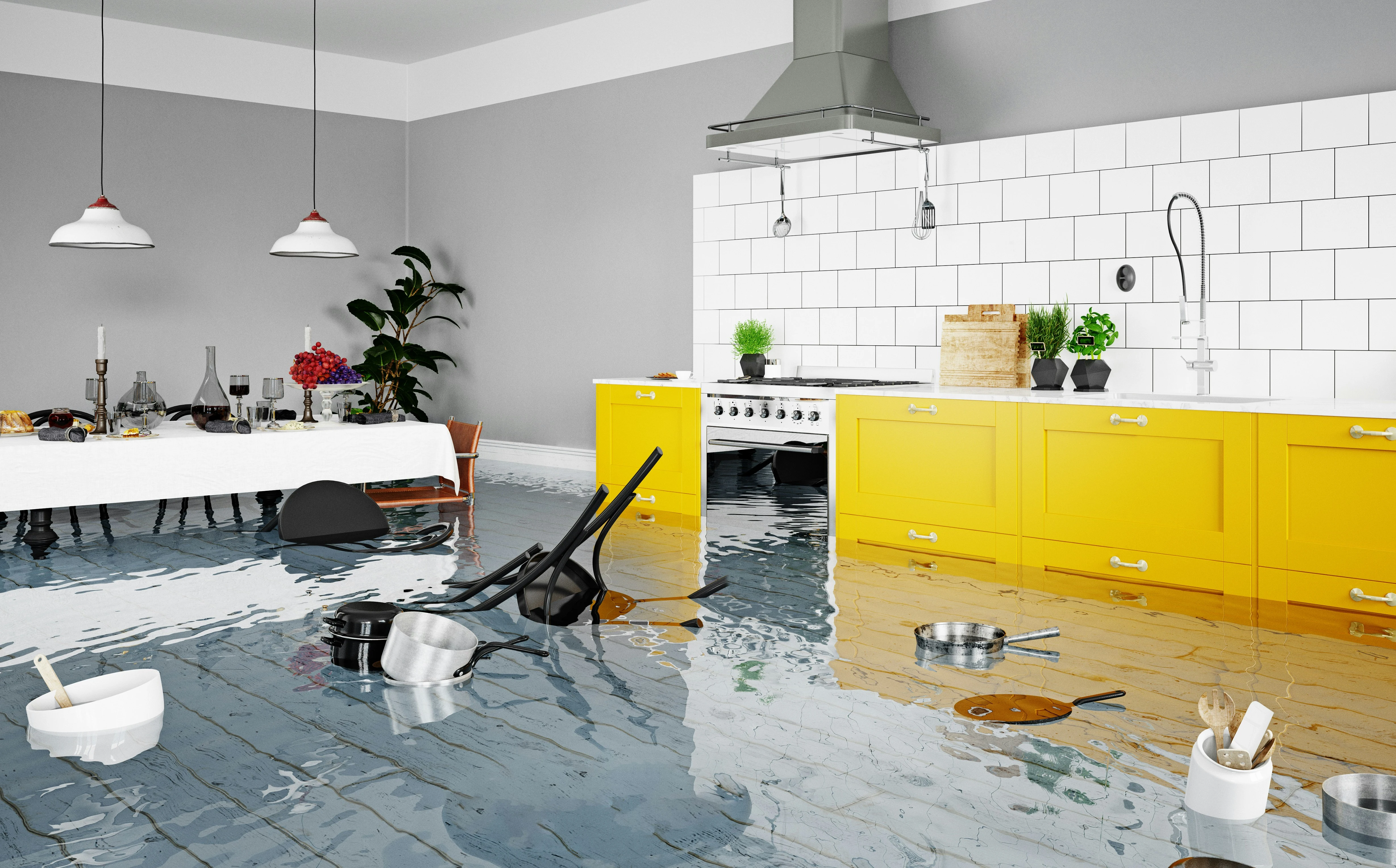Introduction
In July 2025, Calgary experienced one of its most intense rainfall events of the summer, over 50 mm of rain in a single day, leading to flash floods in several neighbourhoods like Beltline, Mission, and Inglewood. With streets turning into rivers and basements taking on water, homeowners need to act quickly and smartly.
Here are 5 critical steps to take immediately after flooding, especially if you live in high-risk zones or older homes.
1. Protect Yourself First
ALT text: Flooded basement window well in Calgary after heavy rainfall
Floodwater is more than just an inconvenience—it can contain sewage, chemicals, and sharp debris. Before stepping inside a flooded home:
-
Wear rubber boots, gloves, and a mask
-
Avoid direct contact with water
-
Watch for slippery or weak flooring
Your health comes first. Always assess the situation safely.
2. Document the Damage Thoroughly
ALT text: Living room with couch and furniture submerged in murky floodwater
Before cleanup starts, take clear photos and videos of:
-
Water levels on walls or furniture
-
Damaged appliances and flooring
-
Any structural cracks or leaks
These visuals will be essential when submitting your claim to insurance. Don’t remove anything until it's documented.
3. Start Drying Right Away
ALT text: Street in Calgary submerged in rainwater after the July 2025 storm
Use tools like:
-
A wet vacuum
-
Fans and dehumidifiers
-
Open windows if the humidity is low
Mould can begin forming in 24 to 48 hours. If the flood is large or the water smells contaminated, hire a professional restoration company immediately.
4. Shut Off Power to Prevent Electrocution
ALT text: Overhead image of Calgary neighbourhood with homes surrounded by floodwater
Water and electricity are a dangerous mix.
-
Turn off the main breaker
-
Avoid touching wires, outlets, or appliances
-
If the breaker is in a flooded area, call an electrician
Even a small amount of standing water can pose fatal risks if it comes into contact with live electricity.
5. Contact Your Insurance Provider
Once it’s safe and the damage is documented, call your insurer right away.
-
Report all damages
-
Save receipts for repairs or temporary accommodation
-
Ask about flood-specific coverage, as not all standard policies include it
If you're unsure about coverage, it’s worth reviewing your policy before the next rainfall.
Calgary’s New Flood Reality
Flooding is no longer a once-in-a-decade event for Calgary. The 2025 storm is part of a pattern that experts say could continue due to climate shifts. Homeowners—especially those in low-lying areas or near rivers—should take preparedness seriously.
You can check the City of Calgary’s flood risk maps and consider installing sump pumps, backwater valves, and waterproofing solutions.
Final Thoughts
- Wear protective gear
- Take photos before touching anything
- Dry out fast
- Shut off power
- Contact insurance immediately
These five steps can make all the difference between a quick recovery and long-term damage. Stay informed, stay safe—and if you need local contacts for flood restoration, reach out to a trusted Calgary real estate advisor.
Posted by Ray Yang on

Leave A Comment